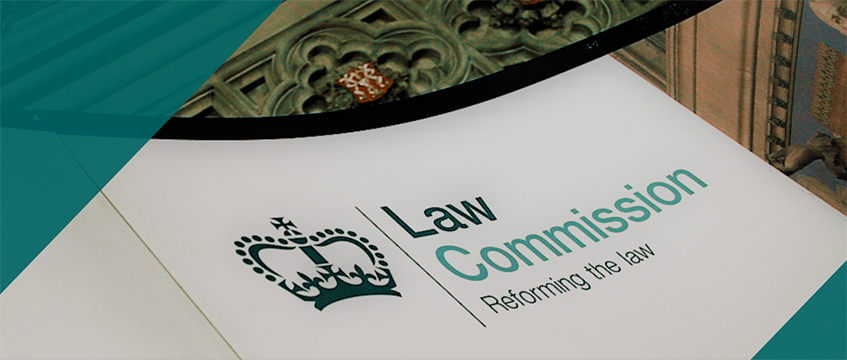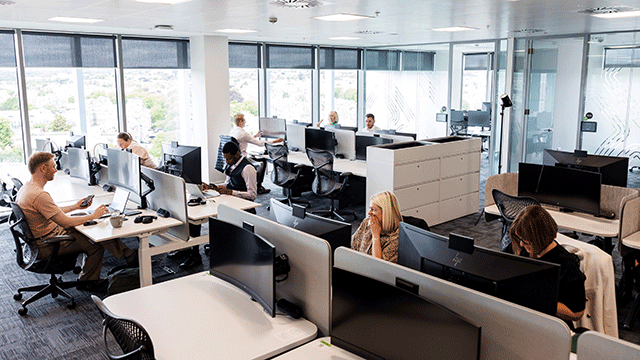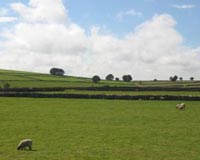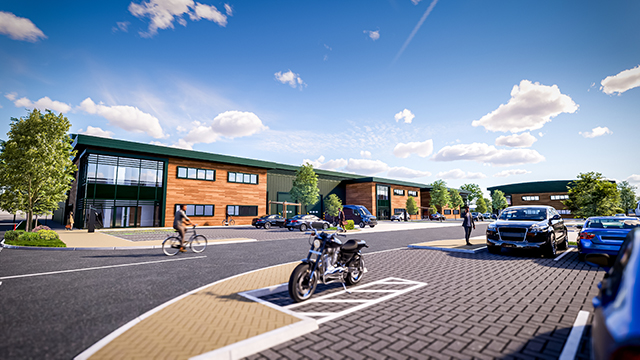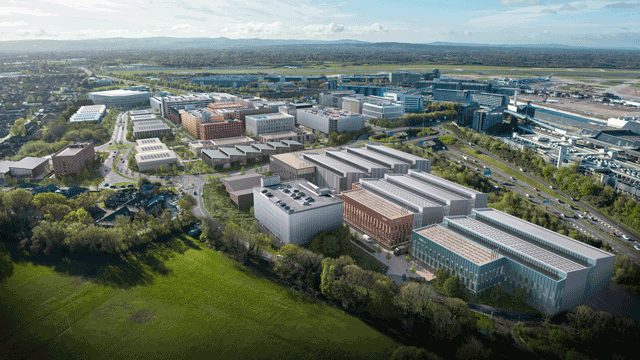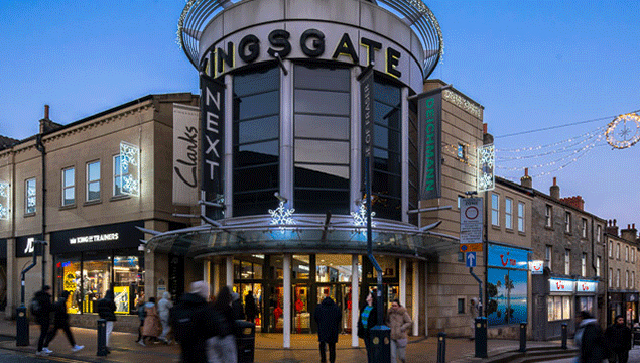
The Greater Manchester Combined Authority has drawn up plans for 56,000 homes on the green belt this week as part of a mass housebuilding scheme for 225,000 new homes over 20 years.
Manchester’s equivalent of the Greater London Authority – although it has only been in existence since 2011 – is taking a pragmatic approach to its housing need. It has proposed releasing 12,300 acres, equivalent to 8.2% of the Greater Manchester green belt, for other uses such as housing, employment and leisure.
London should pay close attention.
Building on the green belt is not a silver bullet, nor is it completely sacrosanct, as examples do exist where developers are building houses, albeit very few of them. Barratt is building 650 homes in Croydon, south London, and both Berkeley and Barratt have recently submitted plans in Barnet and Enfield, both in north London, for 450 and 250 homes respectively.
But rather than snipping away here and there, London should follow Manchester’s example with a joined-up approach across the capital’s boroughs, including the South East counties that border the city.
Last week, the London Society revealed ideas for a “western wedge”, encompassing Old Oak Common, NW10, a new garden city at Northolt in west London, and a “green web” in the Colne Valley, which it believes could accommodate 200,000 new homes as well as 200,000 new jobs.
Another recent proposal, from the London School of Economics, proposed a “pioneer corridor” of new housing on the green belt land running towards Stansted, taking advantage of Crossrail 2.
It said: “Housing should be strategically built on the metropolitan green belt to halt its piecemeal development and alleviate development pressure on the wider South East, while protecting environmentally important areas.”
However, getting agreement from all 69 local authorities within the metropolitan green belt, spread across the GLA and seven other counties, would be near impossible.
What could be possible with the political will is a wholesale review within the GLA’s boundaries, where joined-up thinking around transport and infrastructure can add to the conversation.
London mayor Sadiq Khan this week reiterated his stance on protecting the green belt. It would seem the potential controversy has led him to avoid biting the bullet to make a big impact, making the Greater Manchester Combined Authority’s plans all the more remarkable.
Why a joined-up approach to green belt makes sense
A few hundred homes here and there will not make a dent in the city’s housing shortage. Building at a density of 40 homes per hectare – hardly dense – on the 514,000ha (1.3m acres) green belt around London, would be mad, but the numbers make the point.
If the whole green belt was released at that density, there would be space for more than 20m homes – just shy of the total number in England.
However, imagine if just 2.5% of that space was built on – the bits that are not green, the bits that do not serve the original purpose of the green belt, the bits next to railway lines and roads. London and the South East could have 500,000 new homes.
In London, 86,000 acres of green belt lies within the Greater London Authority area, plus another 185,000 acres inside the M25. Just a small portion of this land, where it makes sense to build, would be a real fillip to the capital’s housing shortage.
>> Take EG’s quiz: Green belt or not Green belt?
Interact with Paul Wellman on Twitter @paulwellman_EG





